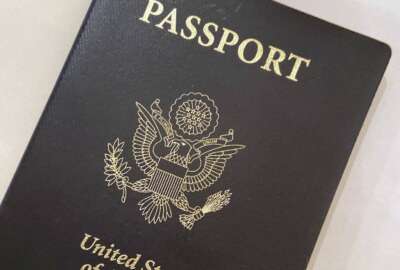Report finds blind spots in DoD’s view of global science and technology
New study by the National Research Council says DoD needs to develop a new strategy to better understand what's happening in a world of more globalized defense...
wfedstaff | April 17, 2015 7:15 pm
Like it or not, the U.S. is responsible for an ever-shrinking share of the overall body of global science and technology research the U.S. military depends on. And the Defense Department’s capabilities to even maintain awareness of what’s going on in the global S&T landscape need improvement, according to a new report by the National Research Council.
The authors, an 11-member committee of researchers who were asked to assess DoD’s strategies for accessing basic global science and technology by the three military departments, pointed out that the U.S. already accounts for less than one-third of global R&D activity, and the figure is likely to decline to 18 percent by 2050. And defense R&D in particular is becoming more globalized and less nationalized.
“Under these conditions, a military strategy that depends on huge gaps in technological capability cannot be maintained,” the authors wrote. “Security under globalization needs to depend not only on technological dominance but also on cooperative relationships.”
The military services do have extensive networks of overseas offices in place that allow them to monitor global R&D and collaborate with other nations when possible, researchers found, but those service-based efforts are not as coordinated with each other as they should be, nor are they “vertically integrated” into a common DoD-wide strategy.
“There’s not sufficient information sharing, even though the communities of interest have been well-defined,” Dr. Arden Bement, a co-chair of the report panel said in an interview. “There’s not sufficient leveraging and in many cases the mechanisms that do exist are not systematically assessed for their impact. There’s a lot of talent in overseas offices that are doing their best to identify opportunities, but they lack the resources to carry out the engagement. There’s not even the degree of coordination among the various services, even though their offices are often co-located and in many cases they’re pursuing the same areas of technology. The enterprise is still under-optimized and under-leveraged.”
Bement said the research team also found that overseas posts were often seen not as career-enhancing, but as “terminal activities” within the DoD science and technology community. They also questioned some of the department’s recent resource decisions, such as limiting its scientists’ travel to conferences because of budget constraints.
“We know that’s impeding the career development of the department’s science and technology workforce,” he said. “That could be a waste.”
Among the committee’s recommendations:
- The assistant secretary of defense for research and engineering should create a “clearly defined and implementable strategy” to keep DoD decision makers abreast of happenings abroad. The strategy should aim for measurable results, and tell the military services to coordinate their efforts, broken down by regions of the world.
- DoD’s science and technology executive committee should build a workforce strategy that places a premium on “external ideas” and global engagement.
- DoD and the military branches should remove existing barriers to global awareness, including by supporting travel to conferences and workshops.
RELATED STORIES:
DoD conference policy in-line with OMB guidance, GAO says
DoD shields basic research, but other R&D will take serious budget hit
DoD tasks innovation experts with stretching out technology dollars
Copyright © 2025 Federal News Network. All rights reserved. This website is not intended for users located within the European Economic Area.
Jared Serbu is deputy editor of Federal News Network and reports on the Defense Department’s contracting, legislative, workforce and IT issues.
Follow @jserbuWFED






